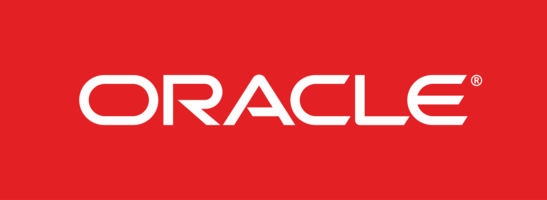
What do Peloton, Instacart, Uber and Tide have in common? They're all upstarts that focused on convenience and have disrupted their industries in doing so.
Today, customers are empowered to buy using their mobile devices anytime, anywhere. In many circumstances, consumers won't purchase from a company whose experience falls short of expectations.
Imagine calling a taxi service and waiting 45 minutes for your ride to arrive. This was common a mere 10 years ago. A 2018 Business Insider article states that since 2014, the reimbursed ground transportation market share has shifted dramatically in favor of ride-share companies. The total rental car fleet owned 92% of the market in 2014, but shrank to 27.5% in less than 10 years. Customers want their purchase experiences to reflect their valuable time and money. That's exactly what these four companies are doing to capture incredible amounts of market share.
In the early 2000's, Procter & Gamble recognized its largest brand in the fabric and household care division seemed limited. Tide laundry detergent had been around for more than 50 years, but it was no longer growing fast enough to support their needs due to a shift away from bigger brands and competition from startups and online rivals.




